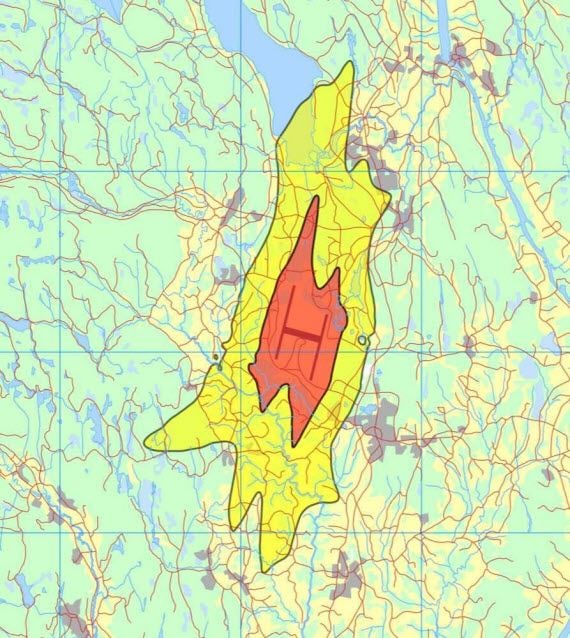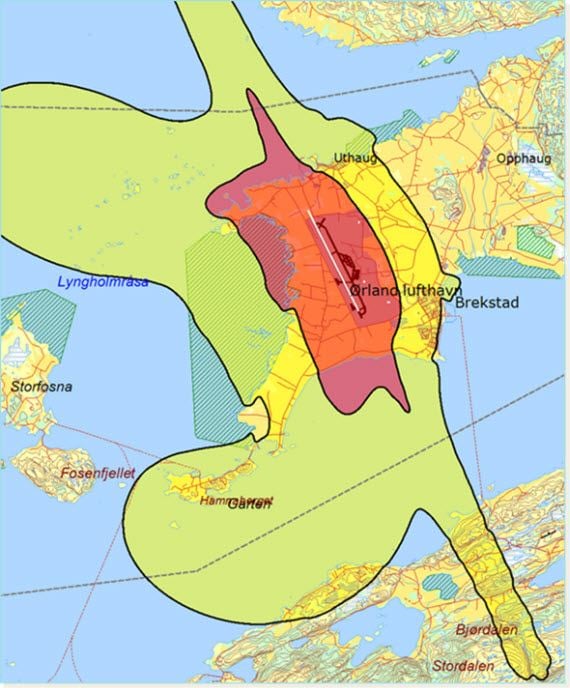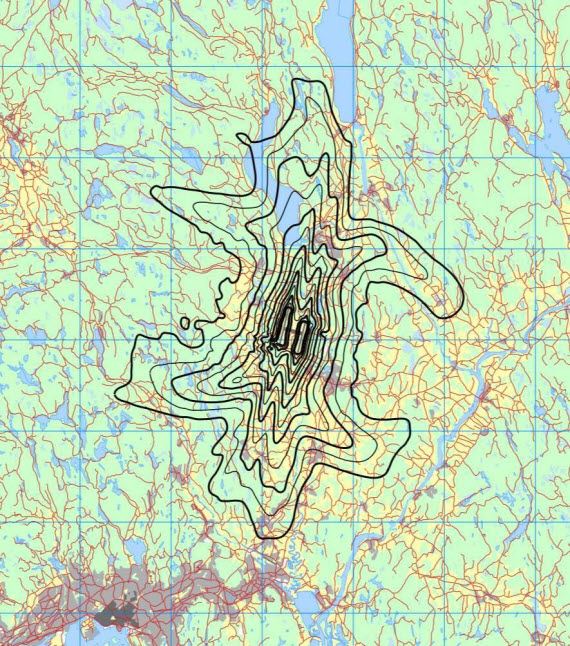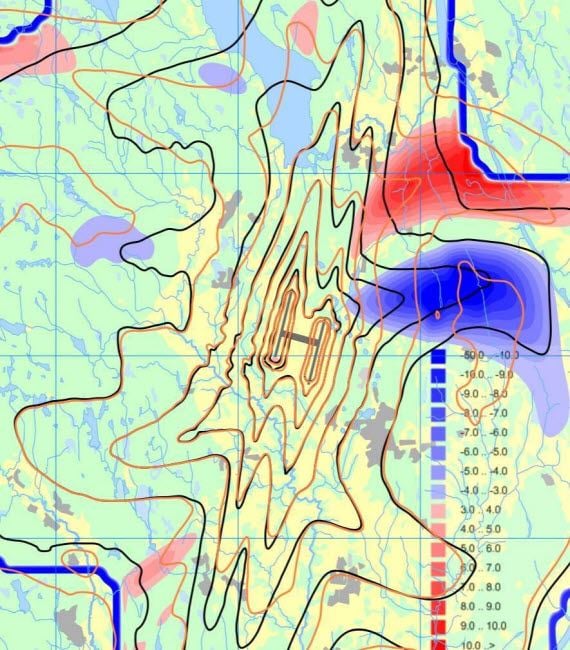Noise pollution is a major concern for modern society, affecting almost everyone. The World Health Organization (WHO) identifies it as the second leading environmental cause of health problems, after air pollution. Prolonged noise exposure can lead to health problems such as cardiovascular diseases, reduced cognitive performance in children, annoyance, sleep disturbance, and tinnitus. In Europe, approximately four million people are exposed to high noise levels from air traffic around airports.
Noise annoyance is not only caused by the sound level itself. We estimate that two thirds of the variance in annoyance is caused by non-acoustic factors. That means factors that change annoyance response without change in the actual noise level. SINTEF has a long research record in assessment of noise annoyance, and contributions to international standardization.
The problem of inaccurate predictions
Because noise predictions can be inaccurate, high tolerance margins are applied in order not to exceed existing limits and thus face possible penalties. This may impose unnecessary limitations on land use and on operational procedures. Future environmental noise regulations may become increasingly stricter. It is therefore of vital importance to be able to calculate and predict noise impact to the environment with a very high degree of accuracy and consequently be able to operate the airport at maximum capacity.
SINTEF has accurate methods
SINTEF has a long-standing reputation for development of aircraft noise prediction tools. We were the first one to introduce topography corrections in the models, and our fast and effective algorithms allow real time calculations on a per-flight basis. Thus, noise can eventually be included in the ATM decision support process for a higher utilization of the airport’s environmental capacity.
Next generation predictions
SINTEF has now started development of next generation noise prediction tools, which will be available as software services on a new online platform. Improved input data such as radar tracking will yield more accurate results. Utilization of this in operative traffic management will enable airports to operate even more efficiently within given environmental noise constraints. Other goals for the new prediction tools is to minimize the human-in-the-loop, ensure faster calculations, and do the whole calculation process easier and much more user friendly than traditional aircraft noise mapping.
International co-operation
SINTEF has a long experience in cooperation with leading aviation authorities such as FAA and Eurocontrol, and in participation in European research projects. SINTEF is part of the NATMIG consortium, and an active partner in a wide range of SESAR activities.
Examples of noise maps





